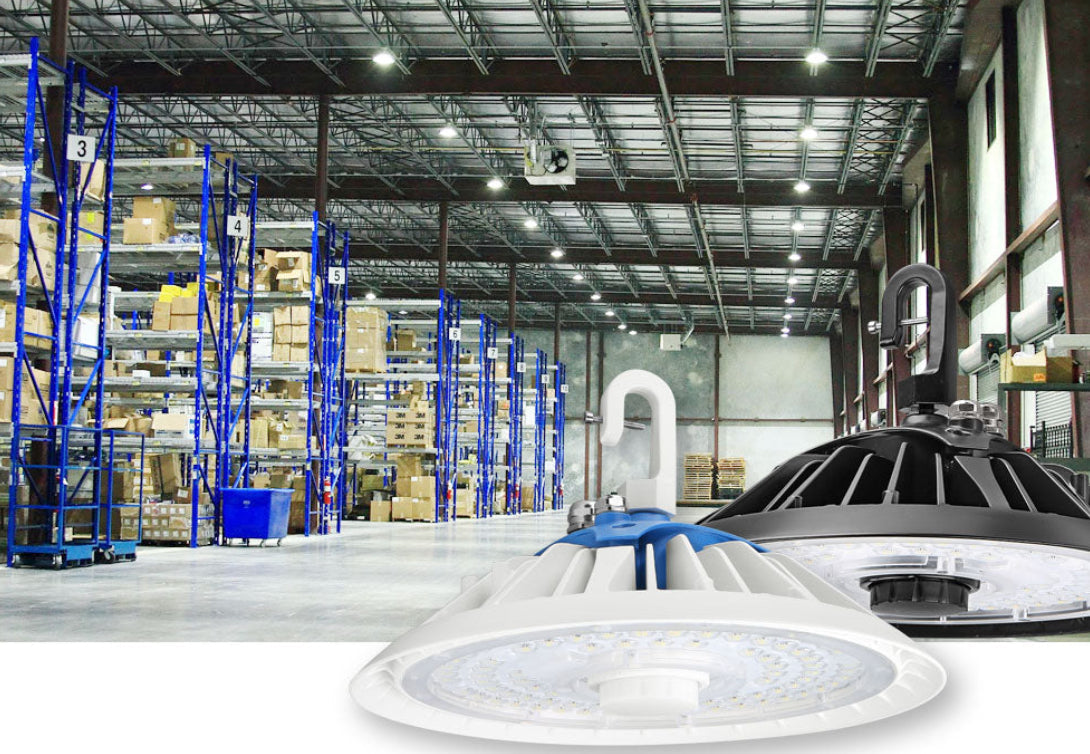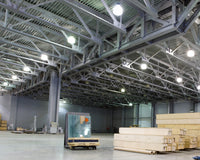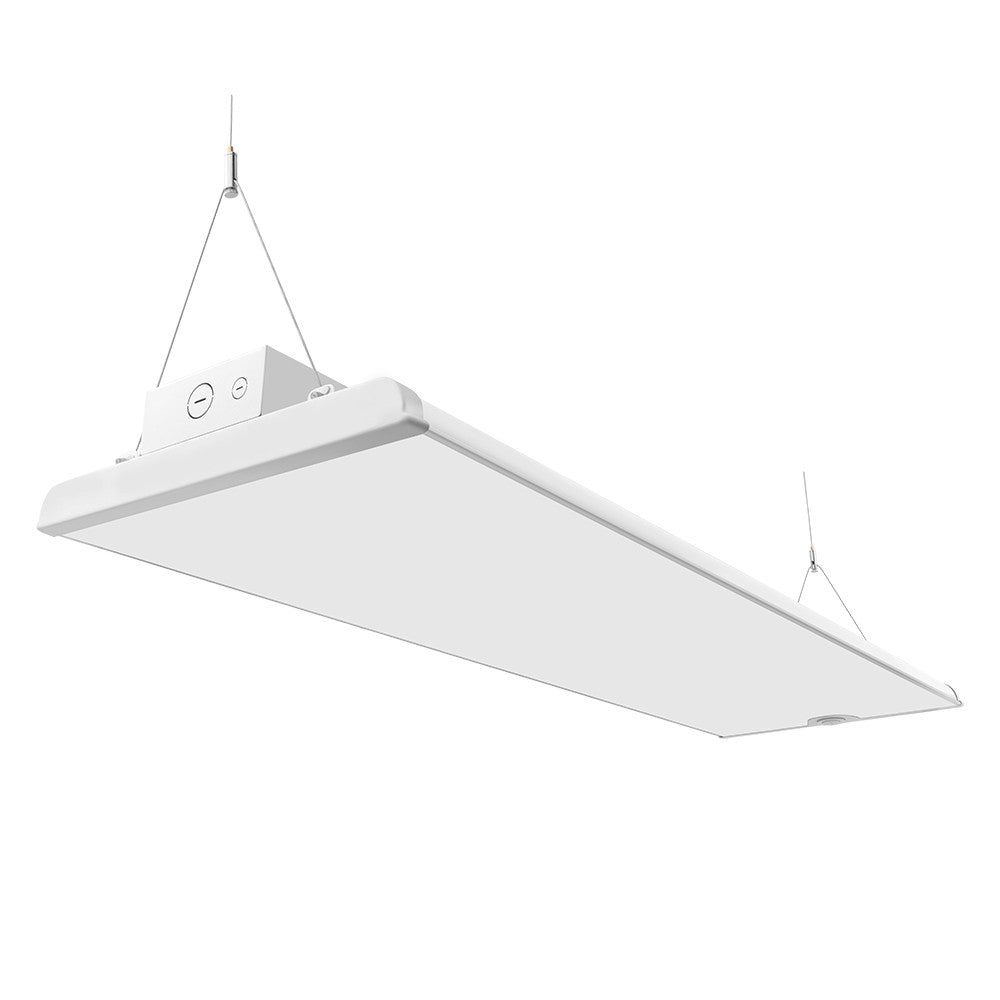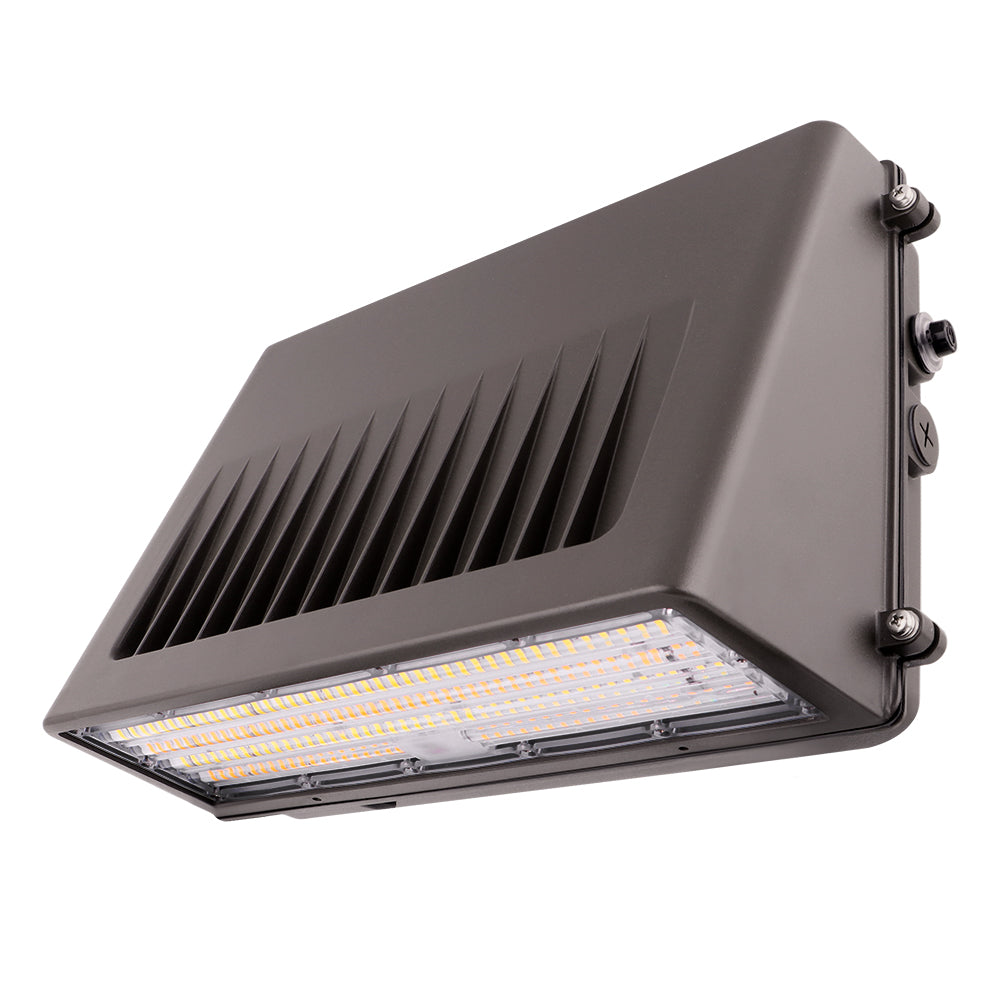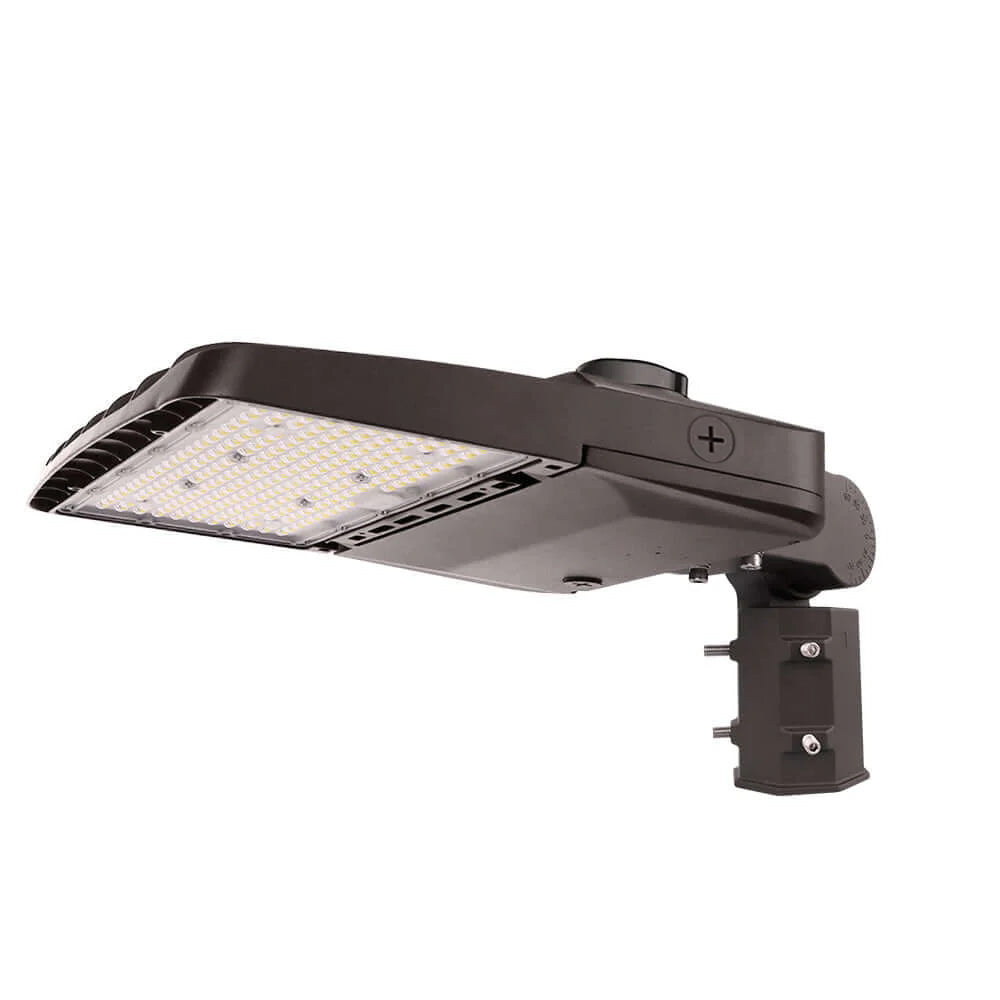Emergency lighting is one of the best ways to help people safely leave a building during times of a power outage, an accident or catastrophic event happening. Having proper illumination and directions for people to see clearly and be able to find the nearest exit is essential in these types of situations.
Strategically incorporating battery backup units into your space offers security and peace of mind for facility managers and business owners. In commercial applications and businesses, occupant safety is a top priority. In case of a power outage, the battery backup provides the appropriate light for the safety of everyone within the building. LED emergency and battery backup lights are typically meant for emergencies where your primary power supply gets disconnected, and every normal illumination fails. With a system that has a battery backup, the lighting will immediately switch to a form of emergency operation when power is lost.
 These lights come with at least a 90 minute lighting allowance following a power loss. Your business stays lit within this time, the emergency exits are visible, and the parking lots are visible for clients and employees. Emergency lighting is responsible for illuminating the means of egress - the pathway towards exits, the exits themselves, and the point of discharge - in the event of an emergency.
These lights come with at least a 90 minute lighting allowance following a power loss. Your business stays lit within this time, the emergency exits are visible, and the parking lots are visible for clients and employees. Emergency lighting is responsible for illuminating the means of egress - the pathway towards exits, the exits themselves, and the point of discharge - in the event of an emergency.  We have many customers that ask “How many Emergency lights do I need?” The regulations have more to do with ensuring sufficient lighting along the path of egress in any structure, rather than assuming that a certain number of lights would be adequate. Thus, the size and layout of your building, the location of corridors, stairways, and doorways leading to exits and the exits themselves, will all determine where emergency lighting is needed.
We have many customers that ask “How many Emergency lights do I need?” The regulations have more to do with ensuring sufficient lighting along the path of egress in any structure, rather than assuming that a certain number of lights would be adequate. Thus, the size and layout of your building, the location of corridors, stairways, and doorways leading to exits and the exits themselves, will all determine where emergency lighting is needed. Here are the basics of NFPA 101: 7.9
- Emergency lighting systems must be arranged in such a way as to provide an initial illumination of no less than an average of 1 foot-candle along the path of egress as measured at floor level.
- After the emergency system has been on for 1.5 hours, the light may decline to an average of 0.6 foot-candle along the path of egress, but at no point should it become less than 0.1 foot-candle.
- Emergency lighting must be supplied for all exits and paths of egress to those exits.
An important point understanding the above – one foot-candle means that one lumen is provided per square foot. There are numerous other regulations regarding emergency lighting that are important to know, but the above basic points are the primary ones that will determine how many lights you will need to install in your specific structure. Essentially, along paths of egress and exits, every square foot of floor must be lit by an average of approximately one lumen (i.e. – one foot-candle).
Providing separate emergency lighting units within the building that connect to the building’s power in order to charge the units’ batteries is a popular way to meet this Code. Upon loss of power to the unit, the on-board battery then powers the emergency lights. In the case of these separate units, you need to ensure that the batteries are holding a charge, that the light works, and the charge held can operate the lights for the required 90 minutes.

At Revolve LED, we offer many LED fixtures with the ability to add an Emergency Battery Backup to meet your egress requirements. From high bays, LED Panels, strip lights, canopies, wall packs and more. Need help with how many and where the Emergency Battery Backup lights should be located to meet egress and foot candles? Give us a call and we’ll be glad to do the photometrics at no charge for you.


